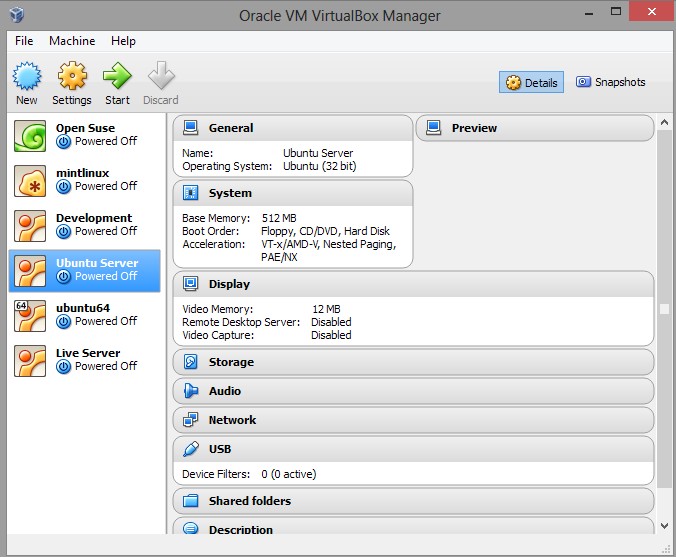I second magento. There are others OsCommerce, ZenCart, open cart, Agora cart just to name a few.
Here are some hints on the skill set requirements.
For Magento, you need to have at least basic knowledge of Zend Framework and strong OOP background.
For OsCommerce, ZenCart, Open cart, you need basic understanding of MVC design patterns and strong OOP background. All of these open source cart are pretty good and tested for years. OsCommerce have the most libraries and modules available.
For Agora, OOP background.
Another alternative is to build your own eCommerce system on top of well trusted MVC frameworks like laravel, Kohana, CodeIgniter version 2.2.0, Symfony 2, and Yii. For eCommerce application, I highly recommend Laravel, Kohana and CodeIgniter. The reason is that these frameworks already have a well established payment processing libraries. For example, CI can use omnipay.
By using MVC frameworks as the foundation of your eCommerce project, you are in control of the features you want your application to have. You can always add anything you want at any time. The only downside is that it takes a lot of work before you can see the final product. While in ready made cart, you don't have to do anything, except for features that you want to add. Besides, this can be built to be the ultimate eCommerce CMS if you want.

